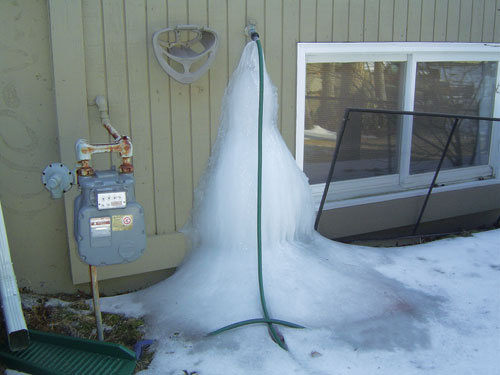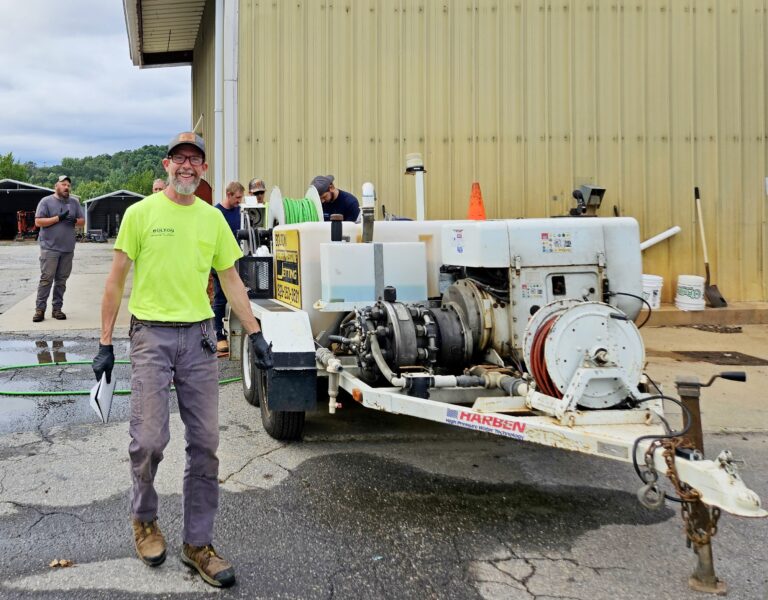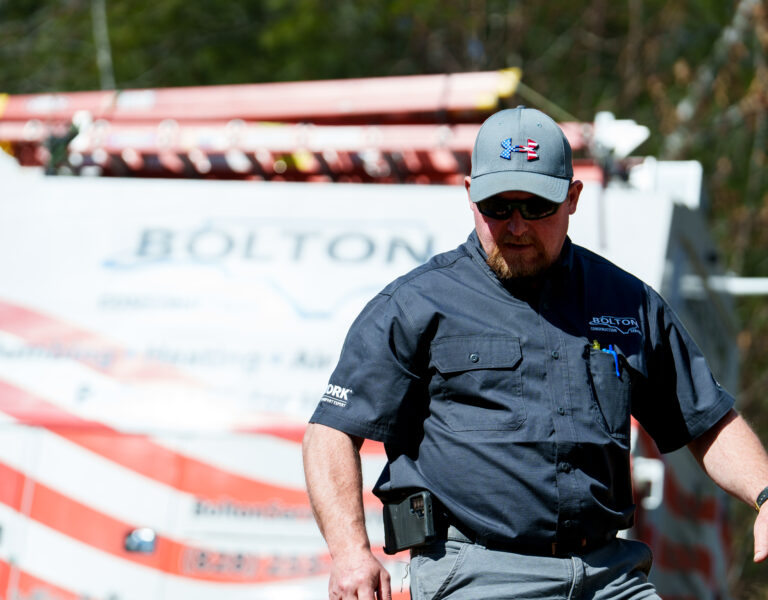Winter weather can lead to freezing pipes that can possibly burst, which can cause flooding and costly water damage to your home. What causes the pipes to burst? Water expands as it freezes, which puts tremendous pressure on whatever is containing it, including metal or plastic pipes. No matter how strong the pipes, expanding water can cause them to burst.
Taking preventive measures before winter sets in can reduce and eliminate the risk of frozen pipes and other cold-weather threats.
Pipes that freeze most frequently are:
• Pipes that are exposed to severe cold, like outdoor hose bibs, swimming pool supply lines, and water sprinkler lines.
• Water supply pipes in unheated interior areas like basements and crawl spaces, attics, garages, or kitchen cabinets.
• Pipes that run against exterior walls that have little or no insulation.

How to protect/prevent pipes from freezing:
Before the onset of extreme cold weather, you should take measures keep your pipes warm and water running. Protect your pipes from freezing by following these recommendations:
• Drain water from swimming pool and water sprinkler supply lines following manufacturer’s or installer’s directions.
• Remove, drain, and store hoses used outdoors. Close inside valves supplying outdoor hose bibs. Open the outside hose bibs to allow water to drain. Keep the outside valve open so that any water remaining in the pipe can expand without causing the pipe to break.
• Add insulation to attics, basements and crawl spaces.
• Look in the garage, and under kitchen and bathroom cabinets. Both hot and cold water pipes in these areas should be insulated.
• Keep garage doors closed.
• Open kitchen and bathroom cabinet doors to allow warmer air to circulate around the plumbing.
• Consider installing specific products made to insulate water pipes like a “pipe sleeve” or installing UL-listed “heat tape,” “heat cable,” or similar materials on exposed water pipes. Even ¼” newspaper can provide significant protection to pipes.
• Let the cold water drip from a faucet served by exposed pipes. Running water through the pipe, even at a trickle, helps prevent pipes from freezing.
• Keep the thermostat set to the same temperature both during the day and at night.
• If you will be away during cold weather, leave the heat set to a temperature no lower than 55°F.
Supplemental heat is also a good way to protect/prevent pipes from freezing. You can add a space heater to a room where pipes may be at risk. In Consumer Reports testing of space heaters, the Ambia ACH-120 ($60) was the best at heating up a standardized room in 15 minutes. But models from Holmes, Lasko, Vornado and Bionaire were very good at heating a room in that time and also made the list of top space heater picks.
How to thaw your pipes:
If you turn on a faucet and only a trickle comes out, suspect a frozen pipe. Be sure to check all faucets in your home to find out if you have additional frozen pipes. If one pipe freezes, others may freeze too. You can try the following steps to thaw the pipe:
• Keep the faucet open (water running). Running water through the pipe will help melt ice in the pipe, even if it is only a trickle. As the water runs and you treat the frozen pipe, water will begin to flow through the frozen area faster, causing the frozen areas to melt faster.
• Apply heat to the frozen sections of pipe using an electric heating pad wrapped around the pipe, an electric hair dryer, a portable space heater (kept away from flammable materials), or by wrapping pipes with towels soaked in hot water. Do not use a blowtorch, kerosene or propane heater, charcoal stove, or other open flame device. Apply the heat until full water pressure is restored.
If you are unable to locate the frozen area, if the frozen area is not accessible, if you can not thaw the pipe, or you suspect a more serious problem, call a plumber.












